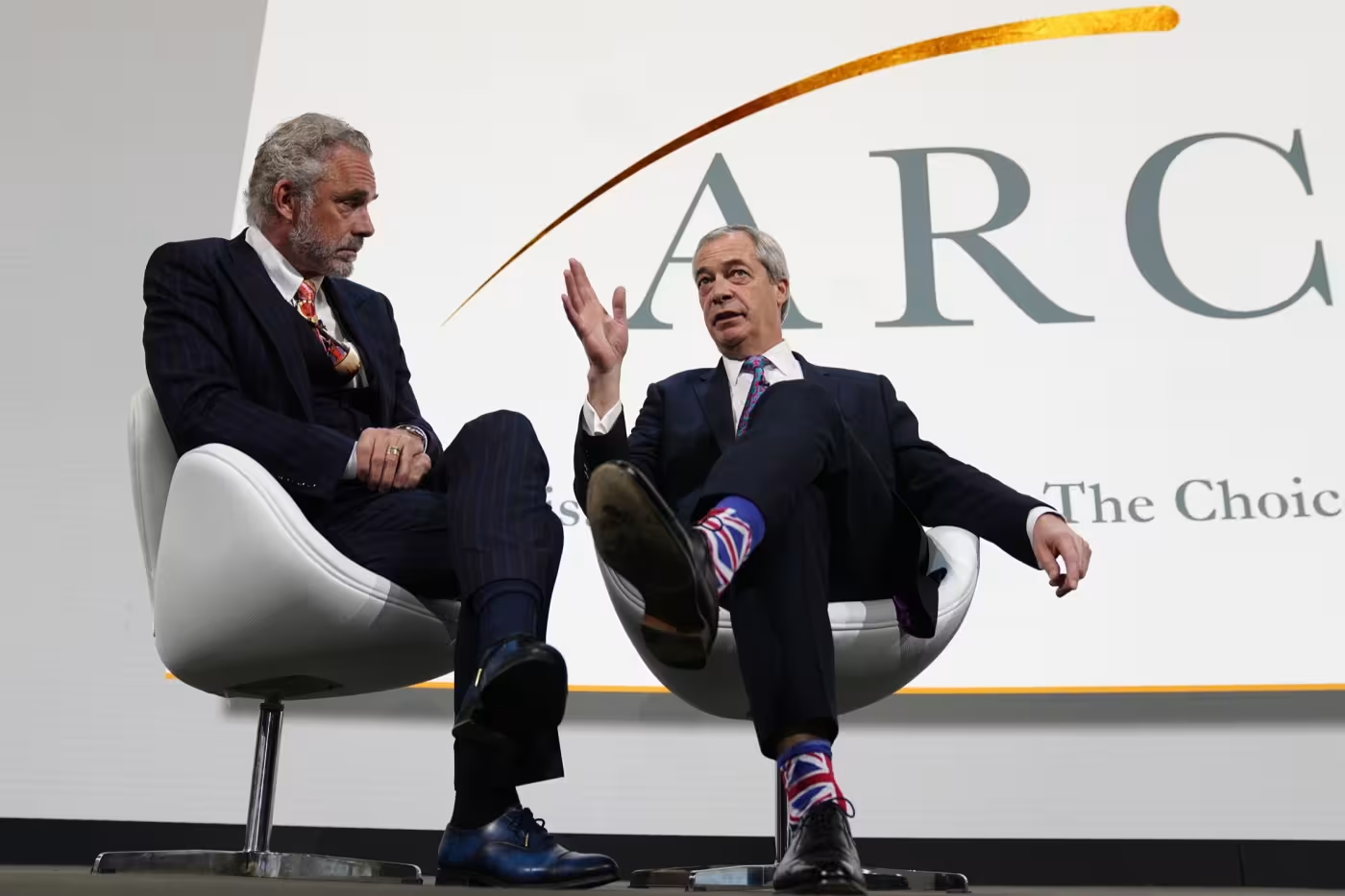YouTube Is Now a TV-First Platform

Shelly Palmer, the Professor of Advanced Media in Residence at the Newhouse School of Public Communications, notes that YouTube is once again revolutionizing how people worldwide consume video. And that the latest revolution is proving that everything old is new again—to a degree.
Twenty years after its debut ushered in a mass exodus from traditional televisions and toward mobile watching, “YouTube has transcended its original form factors to officially become a television-first platform.” CEO Neal Mohan recently revealed that viewers now watch more than 1 billion hours of content on their TVs daily, ahead of mobile viewing. YouTube has been the most watched streaming service in the United States for the past two years, per Nielsen.
It’s another instance of an unexpected shift back to old-fashioned TV watching, with rival streamers hawking pricy subscription bundles, low-cost packages reviving commercial breaks, and Netflix and Max in particular making an aggressive push into live broadcasting ranging from sports and award shows to primetime news broadcasts. Are we witnessing the incipient comeback of channel surfing?
Maybe, but Palmer points out that new TV viewing is different than old TV viewing, with podcasts and live streams forming much of the content. Still, “with a growing presence on the biggest screen in the house and AI-driven innovations enhancing content accessibility, YouTube is positioned – once again – to change the way we behave.”
No consensus on who comes to mind when Americans are asked to name a news influencer
The Pew Research Center, in its collaboration with the James L. Knight Foundation, digs deeper into its recent research showing that 21% of U.S. adults regularly get their news from social media influencers. They find that despite the source’s popularity, its newness and breadth has prevented a breakout star source from emerging. Not only that, nearly who responded “yes” to consuming influencer news couldn’t name a single specific source of it.
Fifty percent of “yes” respondents listed individuals as their primary sources, with Philip DeFranco, Tucker Carlson and Ben Shapiro leading the pack, but with under 3% or respondents naming each one. Fifteen of the 18 top individual sources were headed by men, including Donald Trump, who 2% of people named. Just 7% of people named a news organization as a news influencer in a survey that reinforces 2024 election themes of sped up media splintering and vastly diminished influence of former press heavyweights.
Part Megachurch, Part Political Rally: Inside London’s “Right-wing Davos”

The Financial Times’ Daniel Thomas and Lucy Fisher report from the trenches of the Alliance for Responsible Citizenship conference, the three-day London event that “represents a new front in the culture wars—as some on stage voiced—although organizers insist it is a forum of orthodox debate, a free thinking challenge to conventional opinions.”
A number of right-leaning media darlings were in attendance, including psychologist and commentator Jordan Peterson and Reform UK leader Nigel Farage. GB News, co-owned by event co-founder, hedge funder and general rabble rouser Paul Marshall, broadcast the festivities live. In addition to the usual invective coming from the dais against all things woke, Thomas and Fisher highlight the Evangelical leanings of the function, something rarely seen up until now at even the most conservative gatherings in the UK and Western Europe.
One such gathering that convened anti-immigration leaders of ascendent far right parties from across the EU took placer last week in Madrid under the aegis “Make Europe Great Again.” Attendees there rapturously applauded mentions of Donald Trump, as they did in London. There, at one point, “babies were held aloft from the back of the room.”
